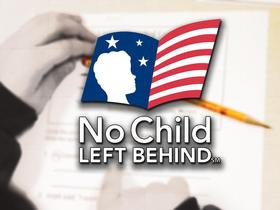The upcoming school year brings a mix of emotions for kids and parents alike – from excitement over the promise of new beginnings to anxiety over the fear of the unknown. No matter how you child faces the new year, you can help him or her to make the most of the experience. These tips help you to help your child start the new school year on the right foot.
Ease into a Schedule
Most children spend their summers staying up late and sleeping in, which can make the adjustment to an earlier school schedule a bit of a shock to the system. Plan for a softer transition by easing children into the school schedule gradually during the last week or two of summer break. By pushing bedtimes up by one-half or one hour each week, your child will be better prepared to meet that first early bell with a smile.
Plan to Eat Right
PBS Parents recommends re-focusing summer eating habits that might have consisted of junk food on the run to healthy sit-down meals as a family whenever possible. When children spend many hours each day in a classroom, they need all the nutrition they can get to keep their brains in top performing condition. Begin with healthy breakfast selections, and try to have family dinner nights as often as possible throughout the week.
Set Up a Homework Station
Homework time will go that much more smoothly if all the necessary supplies






















